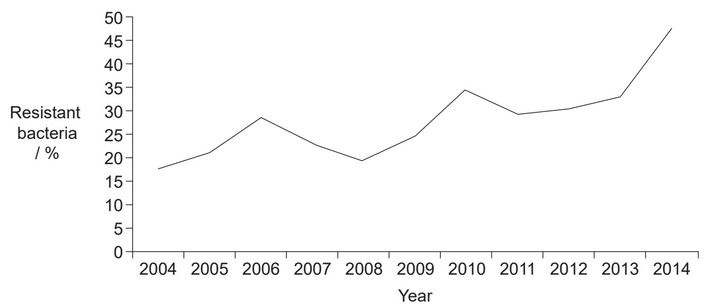Question
By the end of the 19th century in England, the dark form of the moth Biston betularia formed up to $98 \%$ of the total population in industrial areas. From 1970, the percentage of dark forms decreased significantly. What is an explanation for the decrease?
A. An increase in environmental pollution killed the dark forms more than the light forms.
B. Reduction of pollution resulted in greater camouflage for light forms of the moth.
C. Dark forms could no longer find mates.
D. Light forms had superior feeding mechanisms.
Answer/Explanation
Ans:B
Question
Three-spined stickleback fish (Gasterosteus aculeatus) vary in the number of armour plates.
The graph shows the frequency of individuals with low, partial or complete plating in a three-spined stickleback population living in Kennedy Lake, Vancouver Island, Canada.
Which type of natural selection could result in this pattern of variation in the population?
A. Disruptive
B. Directional
C. Stabilizing
D. Convergent
Answer/Explanation
Ans: A
Question
The graph shows the proportion of a bacterial population of Neisseria gonorrhoeae, displaying resistance to the antibiotic tetracycline.
What can be deduced from this graph?
A. Bacteria with beneficial adaptations survive and pass on their genes.
B. Immunity to tetracycline is triggered by over-use of the antibiotic.
C. Genetic variation in this bacterial population is increasing.
D. Use of tetracycline inhibits the growth of antibiotic-resistant N. gonorrhoeae.
Answer/Explanation
Ans: A